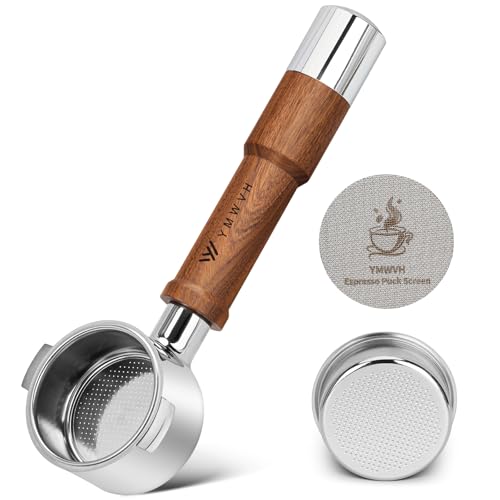The Purpose of a Portafilter
A portafilter is an essential tool in the world of espresso making. It is a key component of an espresso machine and is used to hold the coffee grounds during the brewing process. The purpose of a portafilter goes beyond simply holding the coffee; it helps to create the perfect extraction by evenly distributing the water and extracting the flavors and aromas from the coffee grounds. In this article, we will explore the various components of a portafilter and the role they play in the espresso-making process.
The Components of a Portafilter
A portafilter consists of three main components: the handle, the portafilter basket, and the spouts. The handle is typically made of metal and provides a comfortable grip for the barista. It is attached to the portafilter basket, which is a small, perforated basket that holds the coffee grounds. The basket is removable, allowing the barista to easily clean it and change out different sizes or types of baskets. The spouts, located at the bottom of the portafilter, provide an outlet for the brewed espresso to flow into the cup.
Even Distribution of Water
One of the primary purposes of a portafilter is to ensure an even distribution of water over the coffee grounds. The basket of the portafilter is designed with perforations that allow the water to flow through. When the barista attaches the portafilter to the espresso machine, the water is forced through the coffee grounds, extracting flavors, oils, and aromas. The design of the portafilter basket is crucial in achieving this even distribution; if the holes are too small, the water may struggle to flow through, resulting in a weak and under-extracted shot. Conversely, if the holes are too large, the water may pass through too quickly, resulting in an over-extracted and bitter shot.
Flavor Extraction
The portafilter also plays a role in extracting the flavors and aromas from the coffee grounds. As the water passes through the grounds, it dissolves and extracts the various compounds that give coffee its unique flavors. The pressure created by the espresso machine forces the water to extract these flavors at a faster rate than other brewing methods. The size and shape of the portafilter basket can impact the flavor extraction process. Different basket sizes can result in different extraction times and flavors. Baristas often experiment with different basket sizes, grind sizes, and dosages to achieve the desired flavor profile.
Cleaning and Maintenance
In addition to its role in the brewing process, the portafilter requires regular cleaning and maintenance. After each espresso shot, the barista must remove the spent coffee grounds from the portafilter basket. This is typically done by knocking the portafilter against a knockout box or bin, which dislodges the grounds. The barista must then rinse the basket to remove any remaining coffee residue. Proper maintenance of the portafilter, including regular cleaning and backflushing, helps ensure its longevity and optimal performance.
The Importance of a Well-Made Portafilter
A well-made portafilter is crucial for achieving consistent and high-quality espresso shots. The handle should be sturdy and comfortable to hold, allowing the barista to have full control over the extraction process. The portafilter basket should be made of high-quality materials and have precision-cut perforations to ensure an even distribution of water. Additionally, the spouts should be well-designed to allow for a smooth and controlled flow of espresso. Investing in a high-quality portafilter can make a significant difference in the overall espresso-making experience and the resulting flavor of the coffee.






